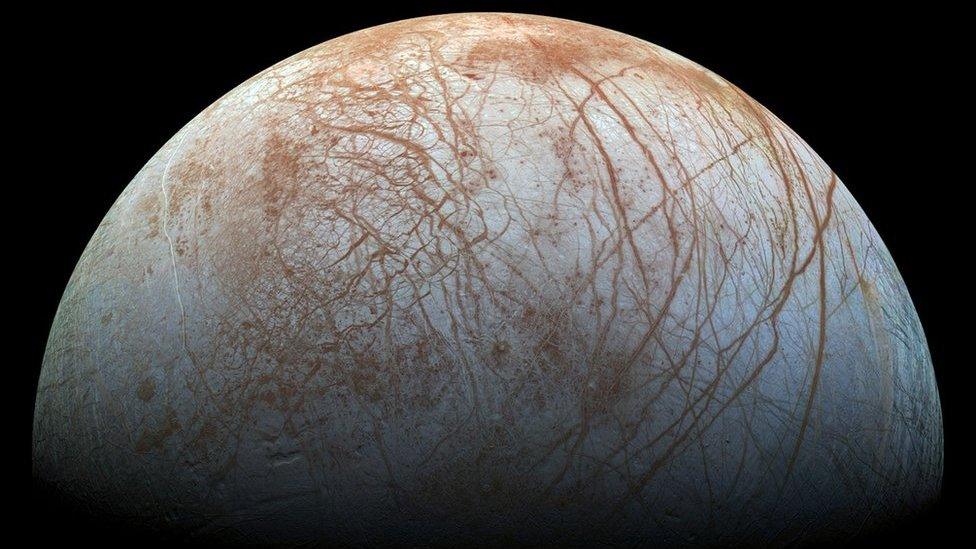Alien detection scale gets a reboot from Scottish university
- Published
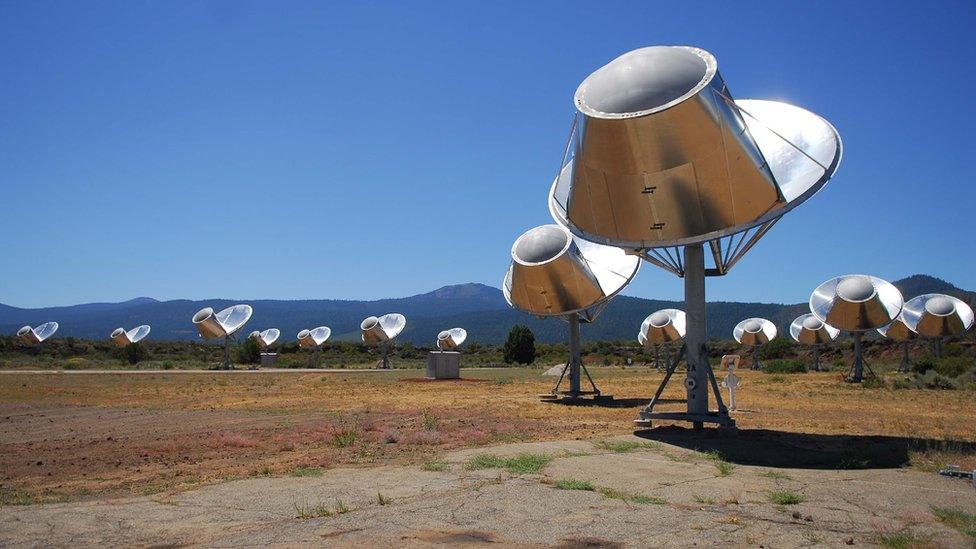
The Seti Allen Telescope Array in Northern California is searching for signs
Would you believe a report about alien life on TV or online or would you scroll on?
A Scottish university has led a revamp of a system that rates reports of extra-terrestrial activity so that we know when to get excited and when it is likely to amount to nothing.
Scientists use the Rio scale to separate the truth from fiction.
Rio 2.0, developed with the University of St Andrews, will help us understand when the truth is actually out there.
A new study, published in the International Journal of Astrobiology, has revamped the 17-year-old Rio tool which scientists have been using for classifying potential signals from extra-terrestrial intelligence.
The reboot is hoped to make it fit for the modern world of news and social media.
Rio is a kind of Richter scale for signals of alien life.
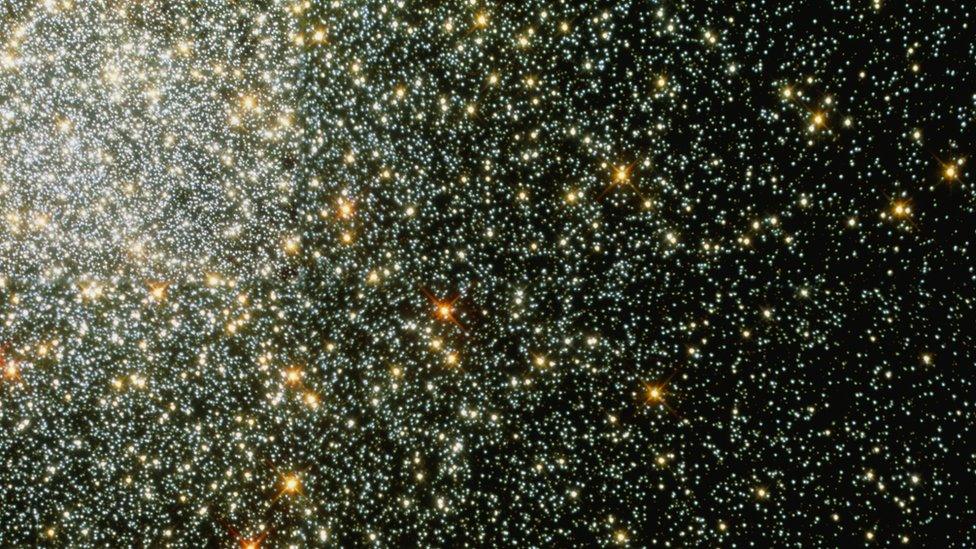
Plenty of neighbours: Might clusters like this be the place to search for alien civilisations?
It was devised to communicate the significance of a report to the general public.
When there are stories of extra-terrestrial activity, it is hoped they will be reported with the Rio scale of numbers between one and 10, so readers can tell how plausible they are.
Dr Duncan Forgan is the lead researcher at the Centre for Exoplanet Science at the University of St Andrews.
He told the BBC: "It's absolutely crucial that when we talk about something so hugely significant as the discovery of intelligent life beyond the Earth, we do it clearly and carefully.
"Before we do the big searches for signals, we need to have in place a strategy for handling the discovery of life beyond earth.
"There are risks in social stability so we have to be responsible."

Dr Duncan Forgan believes Rio 2.0 is helping design a number scale between zero and ten which can accompany reports about extra-terrestrial activity
Dr Forgan, who has been working with the SETI, external Institute in Mountain View, California, says that technology is now allowing scientists to look further into the universe for signs of life.
He says we have only scratched the surface of what is around us.
He said: "Researchers are about to search the biggest sample ever. It is the best chance we have had to find anything if it is there.
"But if you imagine the Milky Way as a football field, we have searched an area no bigger than the penalty spot."

What is the Rio scale?
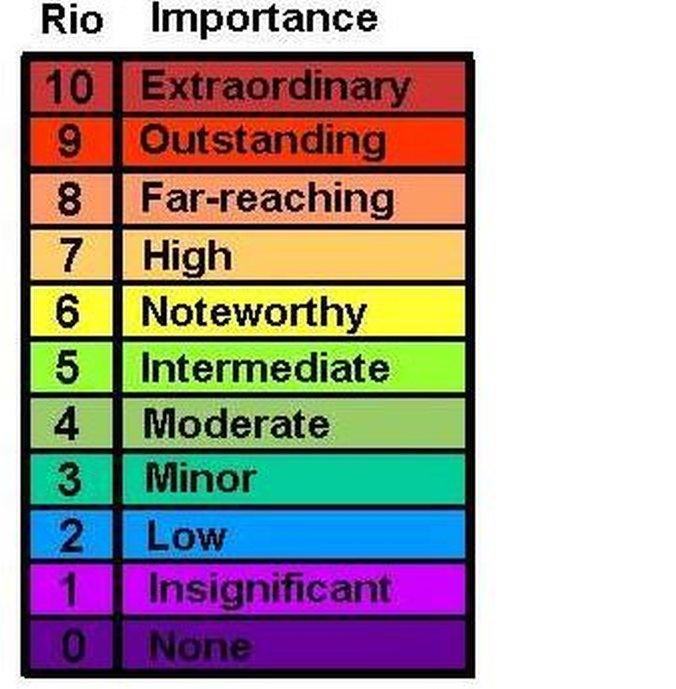
First developed in 2001, the Rio Scale is a tool used by astronomers searching for extra-terrestrial intelligence (ETI) to help communicate to the public "how excited" they should be about what has been observed.
The scale measures the consequences for humans if the signal is from aliens, as well as the probability that the signal really is from aliens, and not a natural phenomenon or human-made.
The scale gives a score between zero and 10, so that the public can quickly see how important a signal really is.
If anyone thinks they have come across a signal, all they have to do is complete the Rio online calculator, external to evaluate their encounter.
Most encounters will result in a zero score and any signal would have to be significant to get above that.

While Dr Forgan calls himself a pessimist when it comes to thinking we will encounter other life forms, he hopes having a recognisable system will help the public get to grips with what to believe.
He said: "Having Rio 2.0 allows us to rank a signal quickly in a way that the general public can easily understand, and helps us keep their trust in a world filled with fake news."
He hopes that any reports about alien encounters will now be accompanied by the Rio rating.
The new Rio Scale has now been submitted to the International Academy of Astronautics Permanent Committee on SETI for official ratification.
- Published7 January 2016
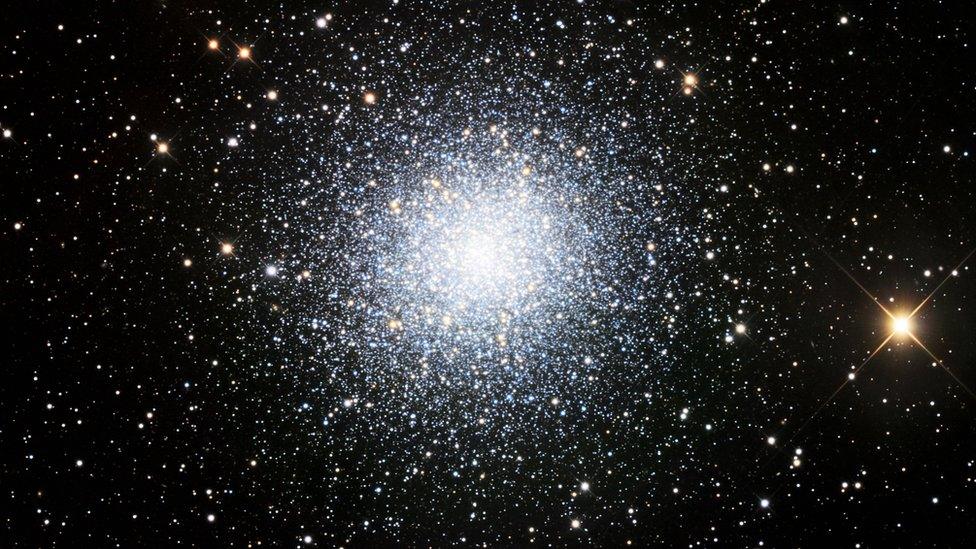
- Published24 March 2017
